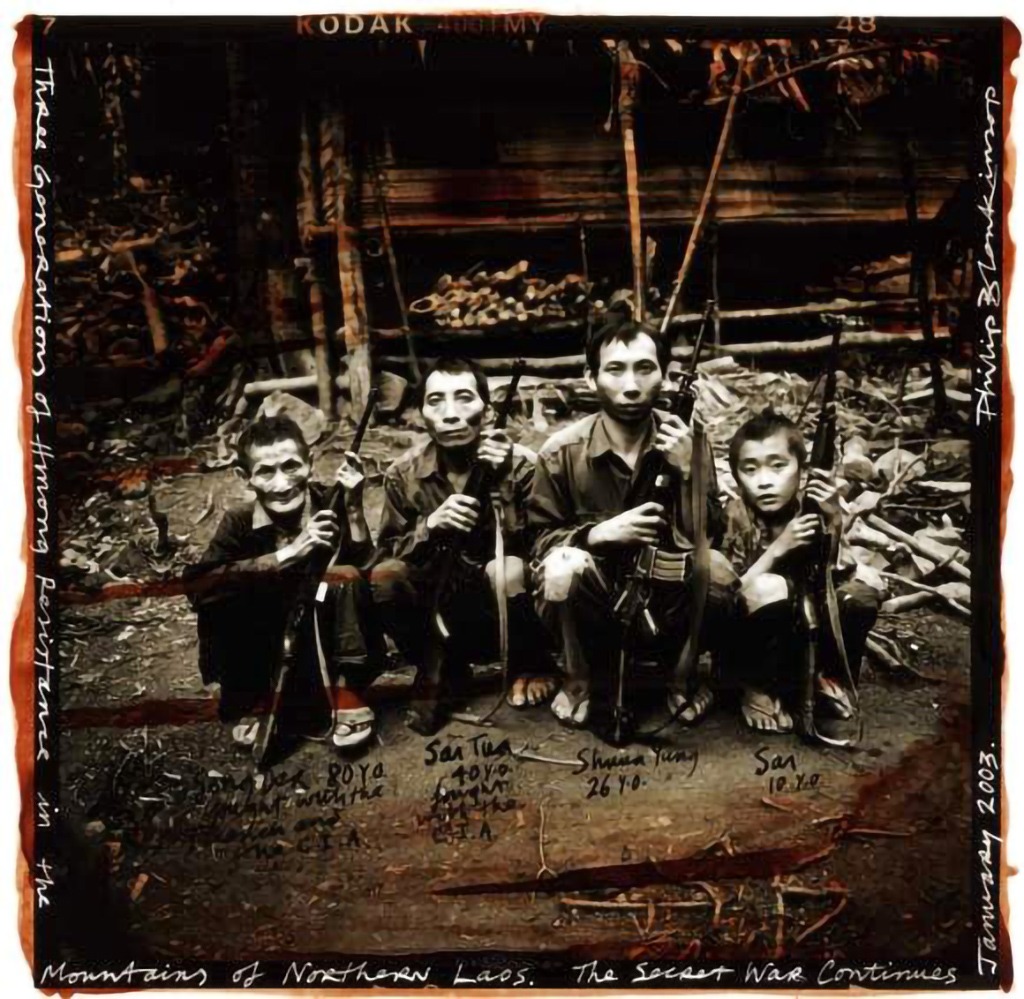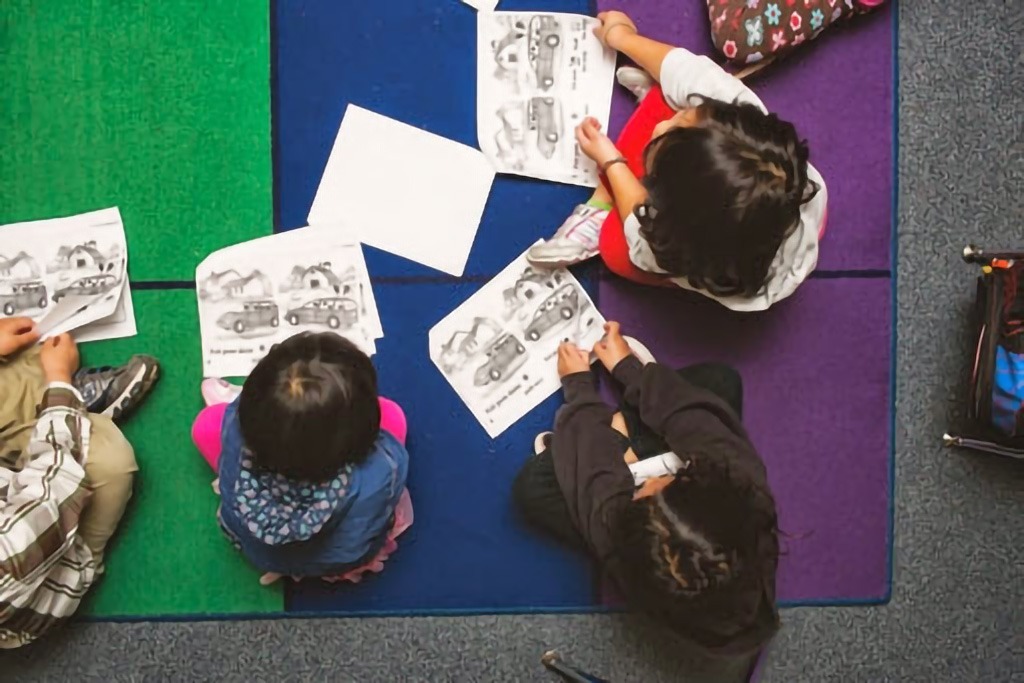
Chinese-Hmong Dichotomy: Relatable Story Americans, Native Americans
Cultural resistance, Hmong, China

I am about 50 pages into the Spirit Catches You and You Fall Down, nowhere near finishing it for Monday’s assignment. However, I am in love with Anne Fadiman’s writing style: descriptive, concise, fluent and most importantly, weaving history, story and criticism altogether. Since I haven’t finished the whole book. I am only going to comment on the second chapter, which stirred many thoughts as I was soaking myself in an indoor hot tub filled with foamy bubbles and screaming kids. In this chapter, the Fish Soup, Anne Fadiman accounts Hmong’s history from as early as the period of “Huang Di”. “If I were Hmong, I might feel that what happened when Lia Lee and her family encountered the American medical system could be understood fully only by beginning with the first beginning of the world.” Fadiman notes, ”But since I am not Hmong, I will go back only a few hundred generations, to the time when the Hmong were living in the river plains of north-central China.”
I am not questioning the historical or cultural accuracy—for I am not a Hmong history expert. But when she went on to establish the dichotomy between “Hmong” and “Chinese” (and using the term “Chinese” rather loosely), I couldn’t help but ask: how can you do the justice the relationship of “Hmong” and “Chinese” without understanding the 5,000 years of Chinese history in full light? Fadiman first explains the semantics of “Miao”, the translation of “Hmong” in Chinese. She lists a few different meanings such as “barbarians” and “wild cultivated grass” then concludes: “In any case, it was an insult”. What she fails to note is that “Miao” in mandarin Chinese refers to any young and growing plant—not just the wild ones. When used symbolically, it implies beginnings with potentials for growth, development and usually success. The conclusion of “insult” seems to have come a little too quickly.
Later on, the book establishes and praises the bravery, independence and preservation of culture of Hmong people by describing their upper-handness in the Chinese-Hmong dichotomy, a rather relatable story to the one of Americans and the Native Americans. The first point I would like to distinguish is that, the term “Chinese” very loosely defines the 1.3 billion people living in the PRC, which consists of the main group “Han” as well as other 55 minority tribes. Hmong, or Miao, happens to be one of the 55 officially recognized tribes. However much untrue this might sound based on a Western constructed image of China, I have never thought of or been told any of the tribes as “the other”. The idea of pacifying and conforming them to become part of us (“Han”) is no less foreign to me than say, biologically engineering everybody in the world into blond and blue eyed Caucasians.
Furthermore, if one examines Chinese history fully, they will realize that the resistance to assimilation is a common theme. When Qing Dynasty was first established (the Manchu emperor Ch’ieng-lung belongs to this ruling era), the Han men were required to wear their hair the same fashion as the Manchu men, otherwise they would be beheaded. Thousands and thousands of Han rebelled. One of the most influential one took place in Jiangyin, a small town in the current Jiangsu Province. During this 81-day-long battle, not only were the manpower and weapon equipment extremely asymmetrical, but also were the food and water supplies to the city cut off. Towards the end of the battle, people were feeding off dead bodies. 170,000 lives in Jiangyin were lost to direct battle, starvation, disease and massacre with only 53 alive in the whole city at the end. It is said that some 32,000,000 Han were killed before Qing Dynasty was securely stabilized.
This kind of institutional attempt to unify by erasing difference repeated itself in bloodbath almost every time when a dynasty was replaced. The target was not specifically Hmong or any other tribes; the target was any threat to the newly established authority. It was not discriminated by appearances, customs or cultures but by political choices. As a result, the Han themselves also found each other divided between the new and the old and ultimately life and death, a brutal pattern cycling throughout the history of China. Nevertheless, the resistance has always been there, as often as oppression. Americans hold high values of autonomy—and resistance to cultural conversion often comes with it. The migration and preservation of Hmong culture is exceptional and should be called to attention. However, it should not be done so while undermining another great culture at a lack of context.





Responses